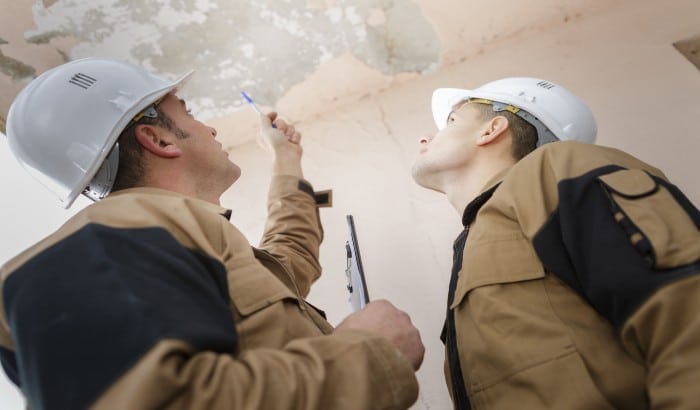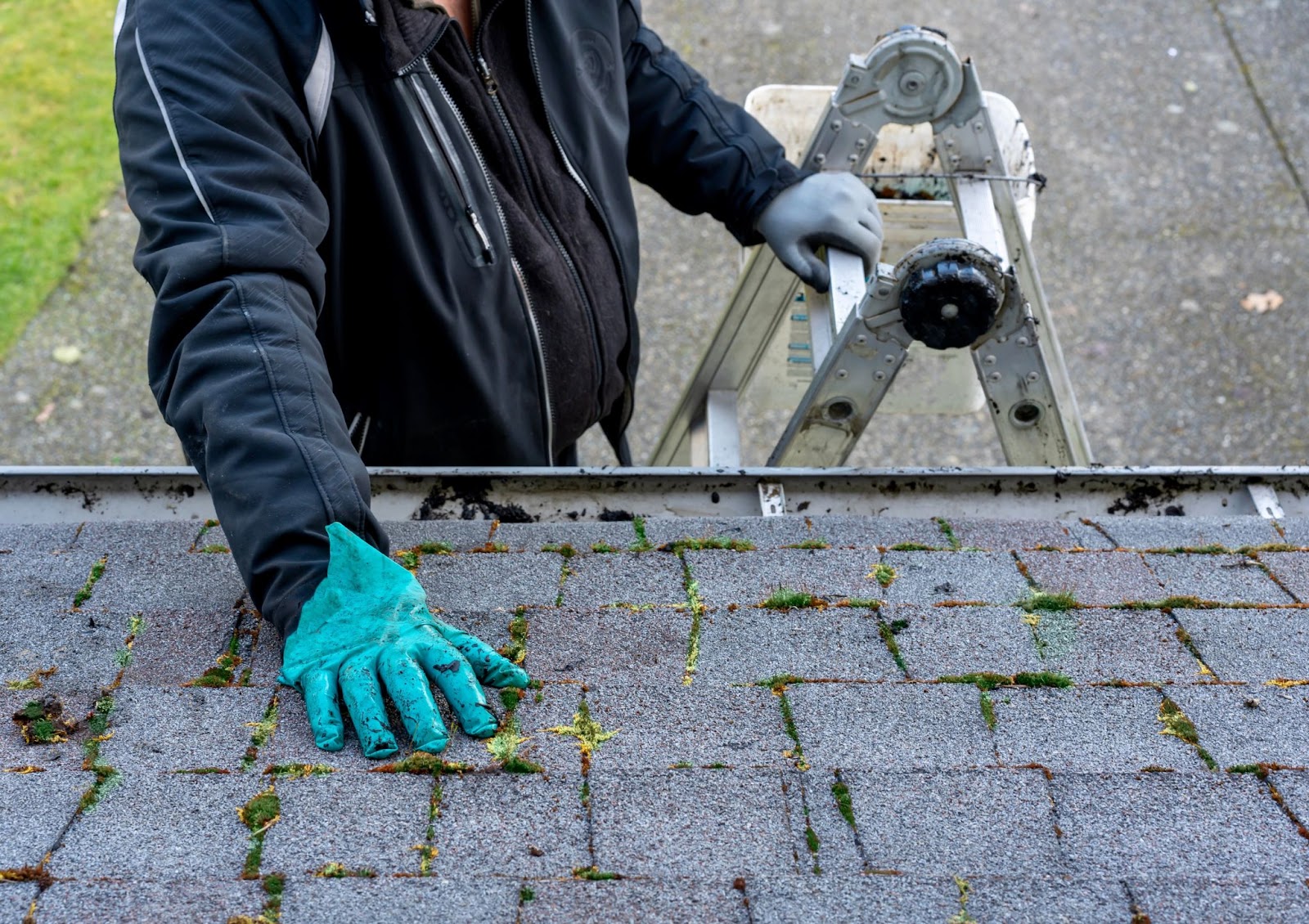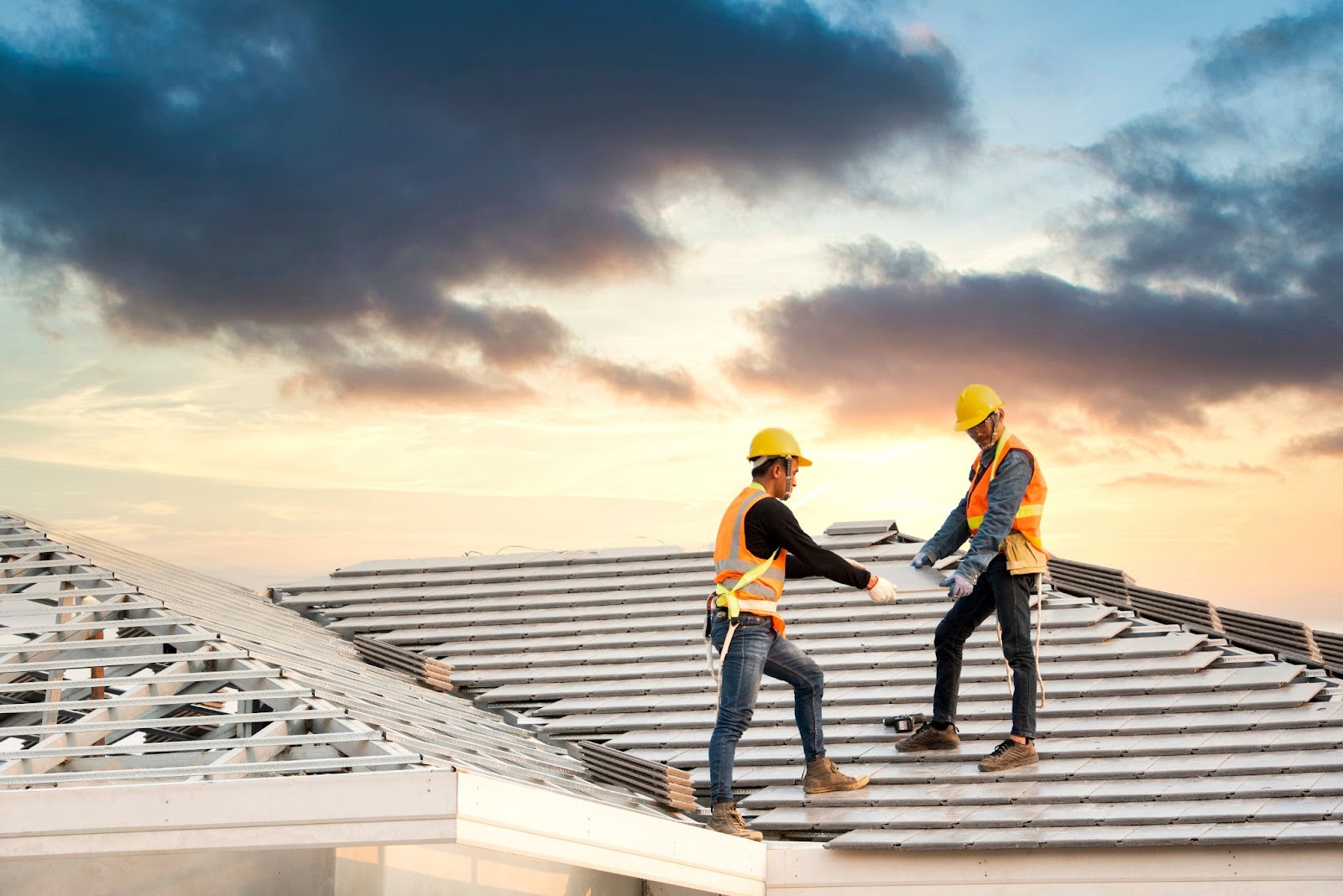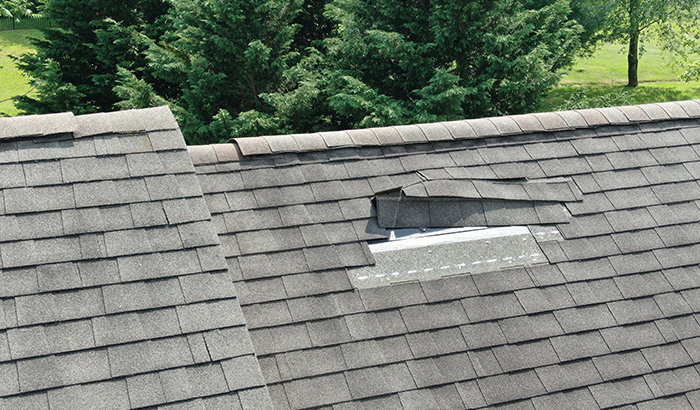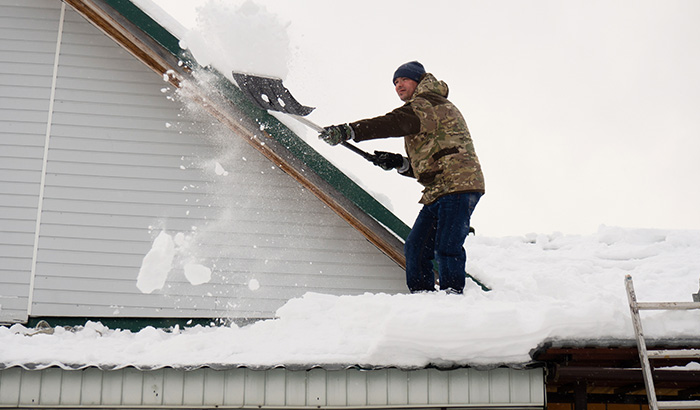Whether big or little, roof leaks can lead to significant issues such as mold and water damage and can leave you spending major dollars on repairs.
The sooner you find a leak, the more money you’ll save. However, spotting a roof leak isn’t always as easy as it seems. If you think your roof is leaking, it’s essential to reach out to an experienced roof specialist right away, and in the meantime, there are a few things you can do to begin the search for the roof leak.
Continue reading to learn how you can find the leak in your roof below.
How to Detect Roof Leaks
If you believe you’ve got a leaky roof, there are a handful of things you can do to try to find it:
- TAKE A TRIP TO YOUR ATTIC — The first thing you’ll need to do is go to your attic to get a decent look at the bottom part of your roof. Because most attics are not well-lit, you’ll want to wear a headlamp, so your hands are free to search for the leak. If you do not have a headlamp, a standard flashlight will do the trick.
- EXAMINE THE INSULATION — The source of your leak could be hiding behind the thick, pillowy layer of insulation that most attics have. Though this may help you spot the leak faster. When insulation becomes wet, it begins to melt away. Wet insulation looks much different than normal, dry insulation, making it easier to find the leak. If you find deteriorated insulation, pull it back so that you can see the roof behind it. If you can’t see it, keep looking, especially above the spot where you found the wet insulation. Due to your roof’s slope and water tension, the leak may be lurking just above where you were looking.
- LOOK FOR DARK SPOTS — Keep your eyes peeled for dark spots on the bottom part of your roof. Darker spots on a ceiling are a sure sign of leaks. Just remember that a lack of dark spots doesn’t necessarily mean you’re in the clear. These spots can dry up, returning to their previous color.
- INSPECT THE ROOF FOR MOLD — You may not find any dark areas on the underside of your roof if it hasn’t rained or snowed for a while, though you may find mold. If you spot mold growing in your attic, you’ve probably found that you have a leaky roof. Unfortunately, there’s more bad news: mold, even in small amounts, can be harmful to your health and should be properly handled right away. If you find mold in your house, you’ll need to hire a professional mold remediation specialist to remove the mold.
- SIMULATE A STORM — If you don’t want to wait around for the next rainy day to find your roof leak, you can simulate a rainstorm with your garden hose or a few buckets of water. Give your roof a decent soak and begin your search.
We Do Roofing SLC Can Help
If you’re dealing with roof leaks and live in Salt Lake City, Murray, West Jordan, Bountiful, or the surrounding area in Utah, you need help from the trusted professional roofing contractor, We Do Roofing SLC. With more than 20 years of experience, our licensed and insured roof specialists can handle your job, whether it be a small repair, new constructions, or a complete tear-off and roof replacement. Call us today, and we’ll get the job done right.

